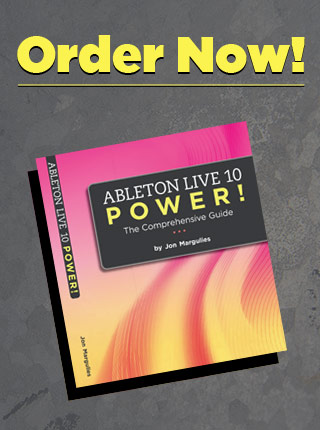People sometimes ask me what warp mode I use for warping entire songs. My answer: all of them. A little bit frustrating if you’re looking for an easy answer, but over time I’ve found it to be the only right one.
The problem with answering this question is that there are, of course, many different types of music and many different contexts in which it will can used, so the only real way to know what warp mode to use is to listen to them and develop a strategy based on how you are using the song. Here are a few things to think about:
All the warp modes, except for the Complex modes, are neutral at the original tempo. In other words, if you’re going to be playing a song that’s originally 95bpm with Live’s master tempo set to 95, the only modes that will impact the sound quality are Complex and Complex Pro. If your master tempo is set to 94 or 96 (or anything other than 95), each warp mode is going to tweak the sound quality in a different way.
Re-Pitch mode is most neutral sounding warp mode from a sound quality perspective. Yup, good old fashioned repitching sounds the best across the widest range of material. Why? There’s no spooky software voodoo going on to change the tempo while maintaining the current pitch – its just like using the pitch slider on a turntable. The obvious downside to Re-Pitch is that it will change the key of the song depending on the playback tempo.
Therefore, one of the most important questions to ask when preparing a song for a performance is:
How important is it to maintain the original pitch of the song? If it’s not important, save yourself the headache of playing with warp modes and use Re-Pitch. Cases where it is important to maintain original pitch vary. For example, repitching vocals can sound really silly (or totally awesome). If you’re mashing a track with a vocal, its also important to maintain the pitch of both clips to keep them in key with each other. On the other hand, there are techno tracks and the like where its almost impossible to even tell the difference when its been repitched a few BPMs because the material doesn’t have much distinct pitch.
We’ll dig deeper into this topic in the next tip.





